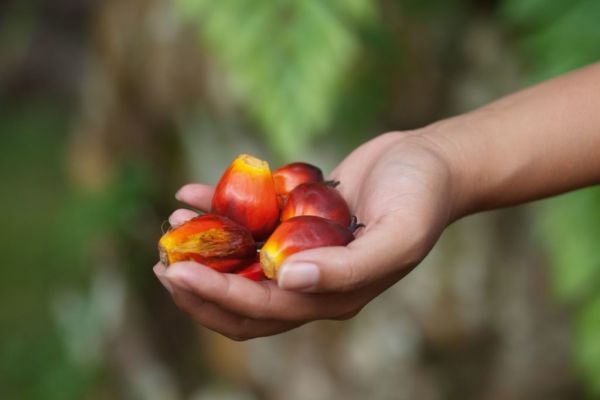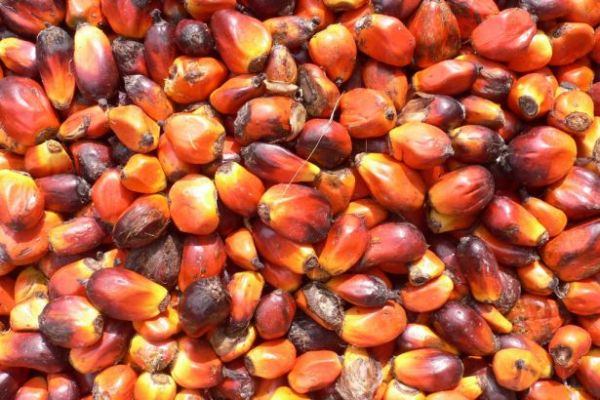Palm oil, the world’s most-used cooking oil, may slump to a six-year low in the second half of the year, as supplies expand and reserves accumulate in producing countries, according to Dorab Mistry, director at Godrej International.
Futures in Kuala Lumpur may retreat to 1,900 ringgit ($518) a metric tonne, a level last seen in March 2009, Mistry said in remarks prepared for a conference in Beijing. Prices will trade between 2,100 and 2,300 ringgit until May, he said, abandoning a March forecast for a rally to 2,500 ringgit.
Palm oil, used in everything from fuel to instant noodles and candy, lost 18 per cent in the past year, as the collapse in petroleum costs cut the appeal of cooking oils as biofuel and global supplies of soybeans climbed to a record. While output in Malaysia, the biggest grower after Indonesia, may continue to decline until June, a recovery in the second half will boost stockpiles and pressure prices, Mistry said.
“The problem for palm-oil bulls is that we are likely to see a very good recovery in production in the second half of 2015,” Mistry, who has traded cooking oils for more than three decades, said in a speech prepared for delivery this week. “Also, the differential between prices of RBD olein and crude degummed soya oil has narrowed in favour of soya oil.”
Prices fell in three of the past four years as output expanded to the highest ever in Indonesia and Malaysia, which account for 86 per cent of global supplies.
The premium of soybean oil over refined, bleached and deodorised palm olein needs to expand to $70 a tonne from about $50 to allow palm to regain market share and keep stockpiles in producing countries at reasonable levels, Mistry said. The decline in soybean-oil prices spurred buyers from India to China and Iran to shift from palm oil, he said.
Production in Malaysia, which lost 920,000 tonnes of output in the four months through February from a year earlier, will continue to decline until June, due to the low biological cycle of trees and low seasonal cycle for harvest, Mistry said. Production in Malaysia will total 19.7 million tonnes this year, while Indonesia’s output was seen at 31.5 million tonnes, he said.
“I must warn you that farmers will resist these prices and will be very reluctant sellers,” Mistry said, “so the journey downwards will be painfully slow, and there will be many spot rallies.”
Bloomberg News, edited by ESM














